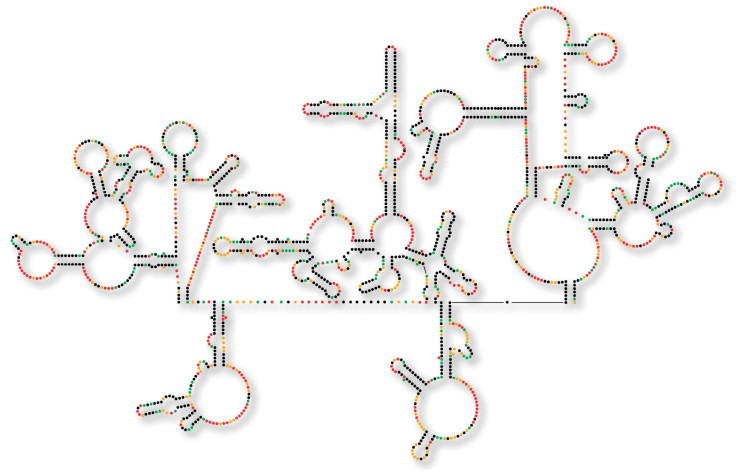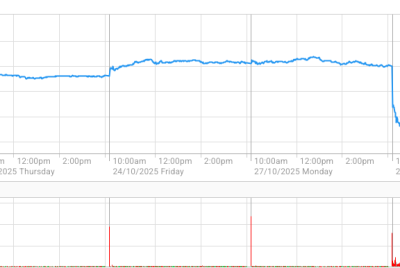New, Much Virulent HIV Strain Detected In Cuba

A new, more virulent strain of HIV has been detected in Cuba, said Vivian Kauri, in a study published in EBioMedicine. People involving in unprotected sexual activities with multiple partners are at a high risk of contracting multiple strains of HIV, reported the study. The multiple strains then recombine inside the body to form a new variant of HIV which would be more virulent than the prevailing virus.
The new strain, detected in a person in Cuba, is a recombinant variant of HIV observed to be more aggressive and can develop more rapidly into AIDS, say in just three years or so, said the study. Generally, the HIV enter into a human cell by anchoring itself to an anchor point, also called as co-receptor present on the cell membrane of the human cell.
The CCR5 are the anchor points of the viruses in the case of normal infection; after years of infection, the viruses switch over to CXCR4 co-receptor. As long as the virus is anchored to CCR5 co-receptor, the patient will lead a healthy life, and on the transition of virus to CXCR4 co-receptor, the patient will develop AIDS very rapidly.
The recombinant form of HIV (CRF19) in Cuban patients switches over to the CXCR4 co-receptor much faster and a rapid progression of infection to AIDS in the patient is observed, reports the researchers at KU Leuven's Laboratory for Clinical and Epidemiological Virology. Professor Anne-Mieke Vandamme and an international team of researchers studied the blood samples of 73 people that include 52 AIDS patients and 21 without AIDS, which were compared with 22 patients who rapidly developed AIDS.
A high concentration of viruses and defensive molecules called RANTES were seen in the blood of patients infected with recombinant HIV. RANTES are the molecules of the body’s immune system that bind to CCR5 co-receptor to hinder HIV anchoring to the cell membrane. The presence of high concentration of RANTES in the blood suggests that the CCR5 are no longer the anchoring points of the viruses. The transition of the viruses from the co-receptor CCR5 to CXCR4 is very difficult and the recombinant viruses acquired it as a result of combining the fragments from different HIV subtypes, say the researchers.
To report problems or to leave feedback about this article, e-mail: saranya@ibtimes.com.au





















